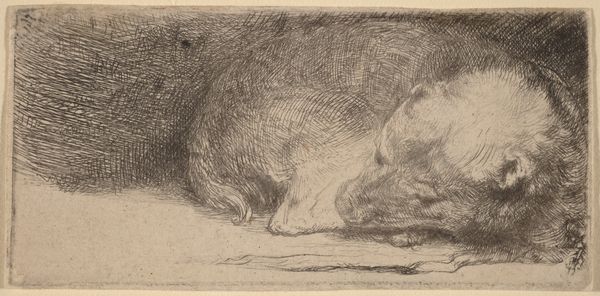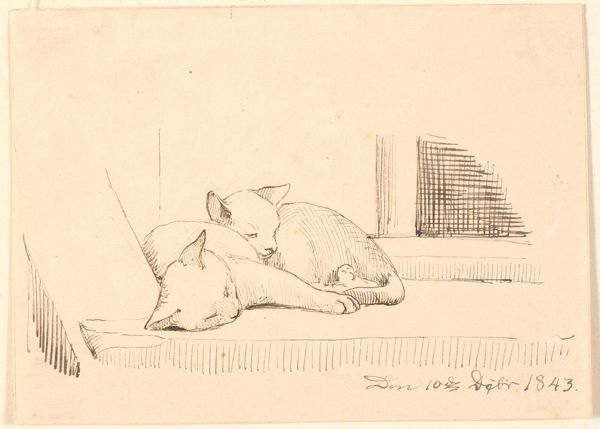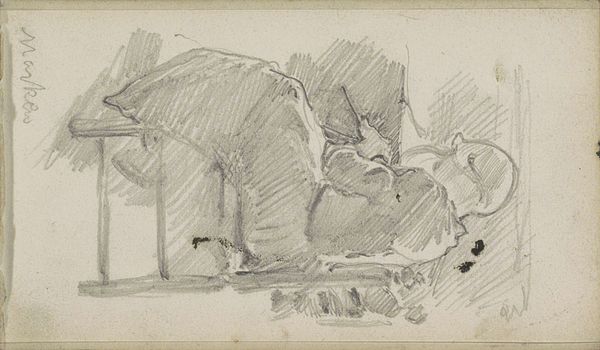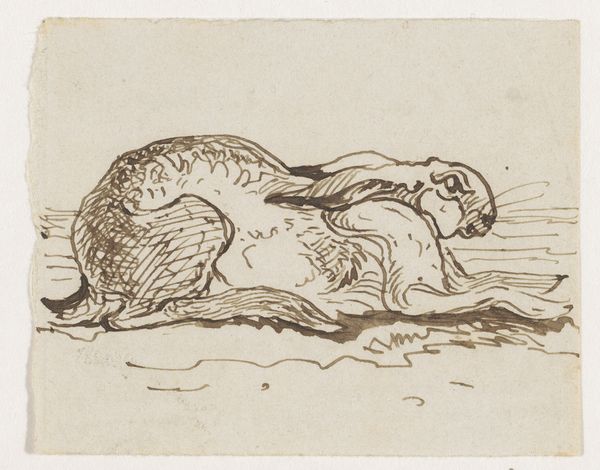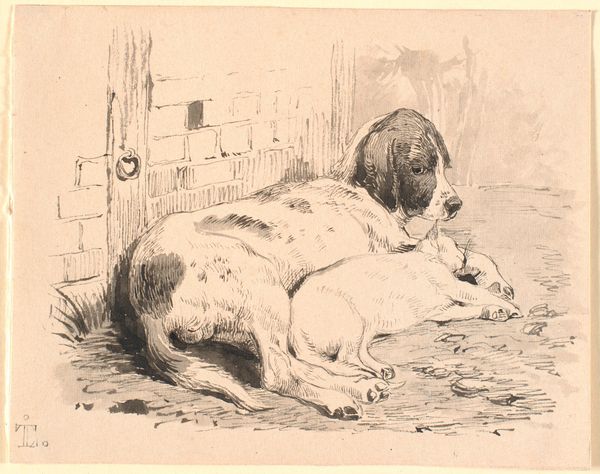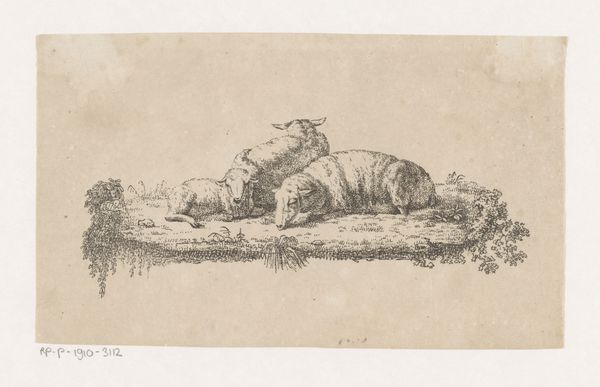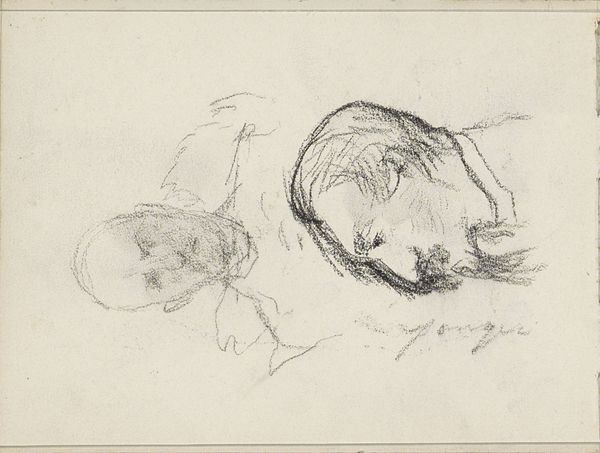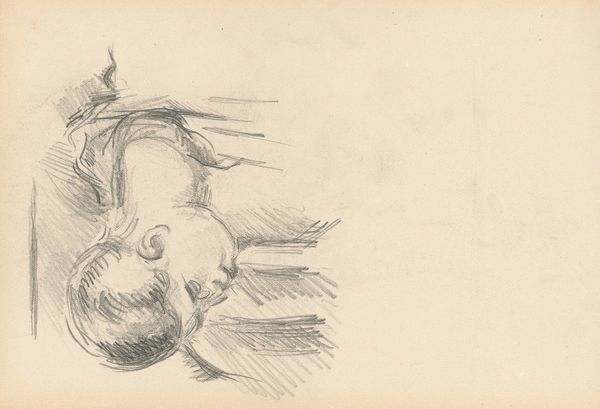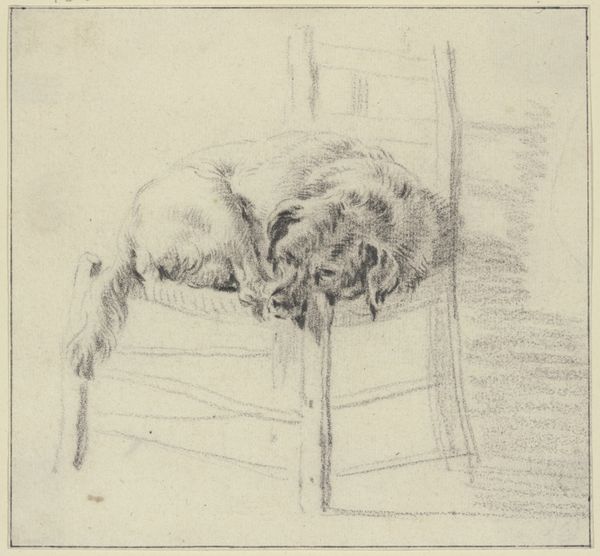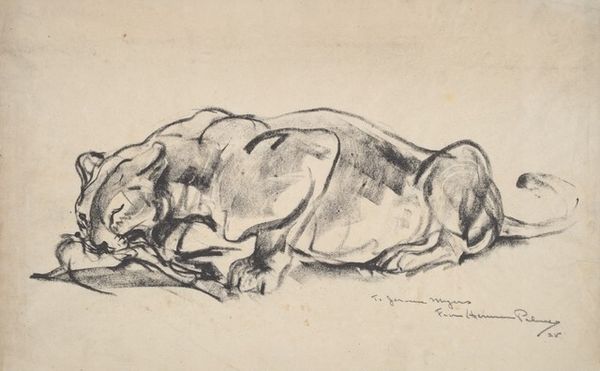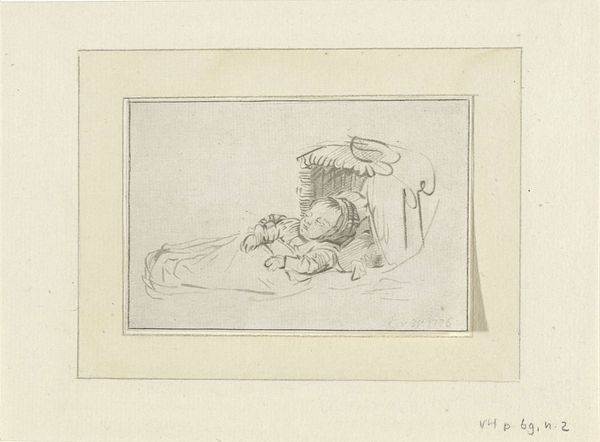
drawing, ink
#
drawing
#
ink
#
genre-painting
#
realism
Dimensions: 94 mm (height) x 138 mm (width) (bladmaal)
Editor: So, this is Johan Thomas Lundbye’s “Rotterne,” made in 1843, using ink on paper. It's a simple drawing of rats near what looks like a spilled bowl of food, but the way one of the rats is lying on its back is quite peculiar. What do you make of it? Curator: This seemingly simple drawing provides a glimpse into the social and political undercurrents of its time. It's crucial to remember that Realism, as a style, emerged alongside increasing industrialization and social upheaval. So, how might these rodents, rendered with such stark realism, function as a commentary on the societal "rats" of the time? Those who are left to fight for the scraps of a rapidly changing world? Editor: That’s a fascinating angle. I was just thinking about it being a somewhat humorous depiction, but viewing it through that socio-political lens gives the artwork a much darker tone. I guess the rats could be a metaphor for marginalized populations fighting for resources? Curator: Exactly. And let's consider the role of the artist. Lundbye, working within a Danish society grappling with its identity, may be using these overlooked creatures to reflect the often-unseen struggles of ordinary people. The “genre-painting” aspect gives it an everyday feel, doesn't it? A critique of the status quo through the mundane? Editor: It does now that you mention it! I never really thought about how realism itself can be a political statement, by directing attention to subjects usually deemed unworthy of artistic representation. The focus isn’t on beauty but truth. Curator: Precisely. The choice of ink – a humble medium – further emphasizes this. Consider what it means to depict overlooked, even despised creatures, with such meticulous detail. It invites us to reconsider what, or who, is worthy of our attention and empathy. Do you think art always reflects this intention? Editor: I hadn't considered it this way, but this really opens my eyes to the depth that can exist in seemingly straightforward art. Curator: Indeed, seeing art through a critical lens offers profound insights. The dialogue itself enhances the art and us.
Comments
No comments
Be the first to comment and join the conversation on the ultimate creative platform.
